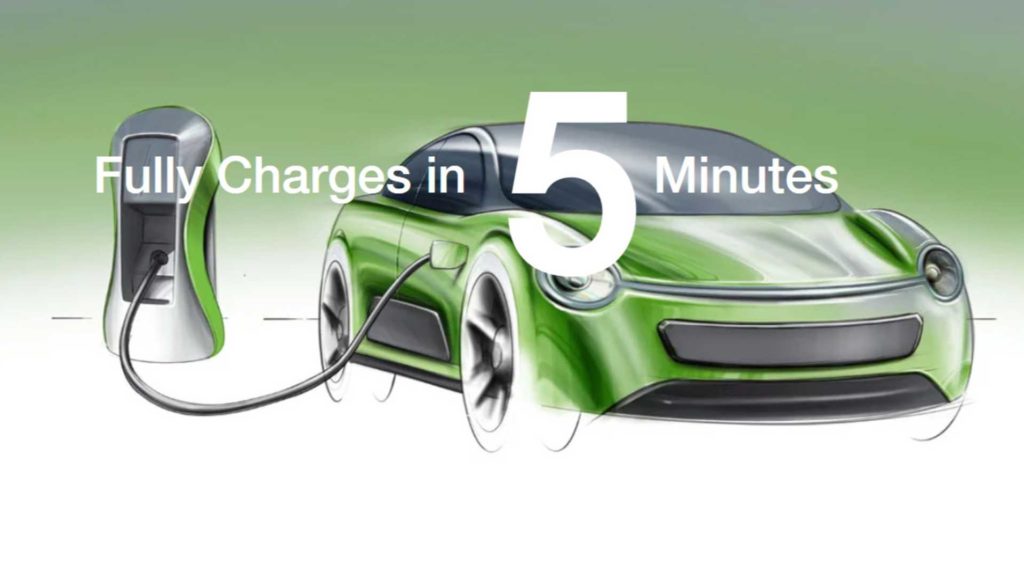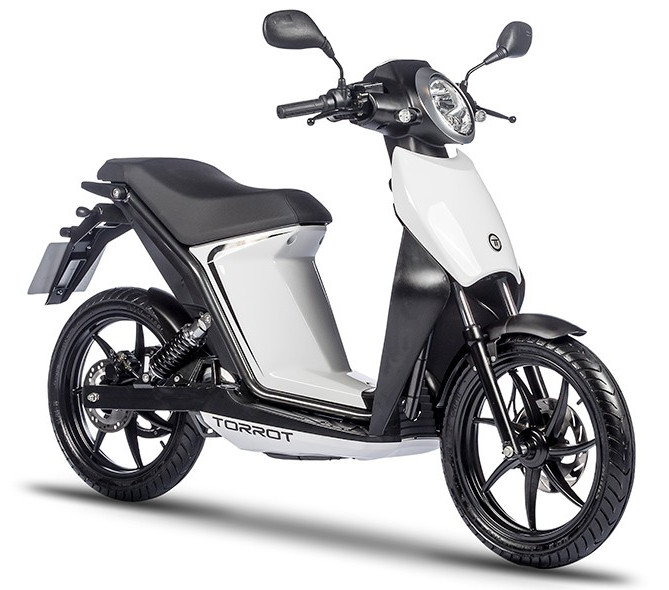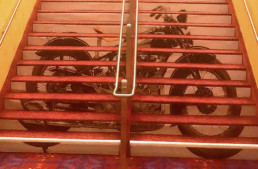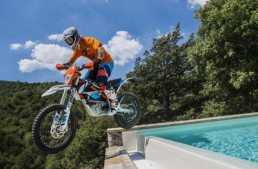A five-minute electric motorcycle charge? Read on! “Enormous changes at the last minute” sums up the EV industry at the moment, as more OEM manufacturers join the rush to bring viable vehicles to market, and the world’s largest companies seek innovative solutions for the world’s transport problems.
Shared Electric Platform For KTM, Bajaj, Husqvarna On The Way
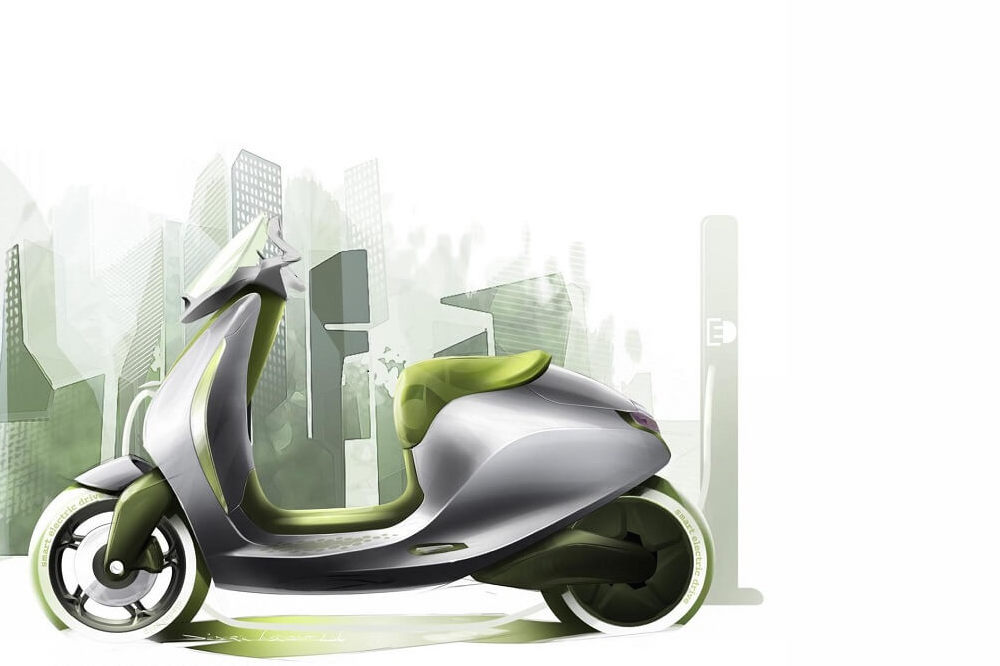
Suzuki India Goes Electric
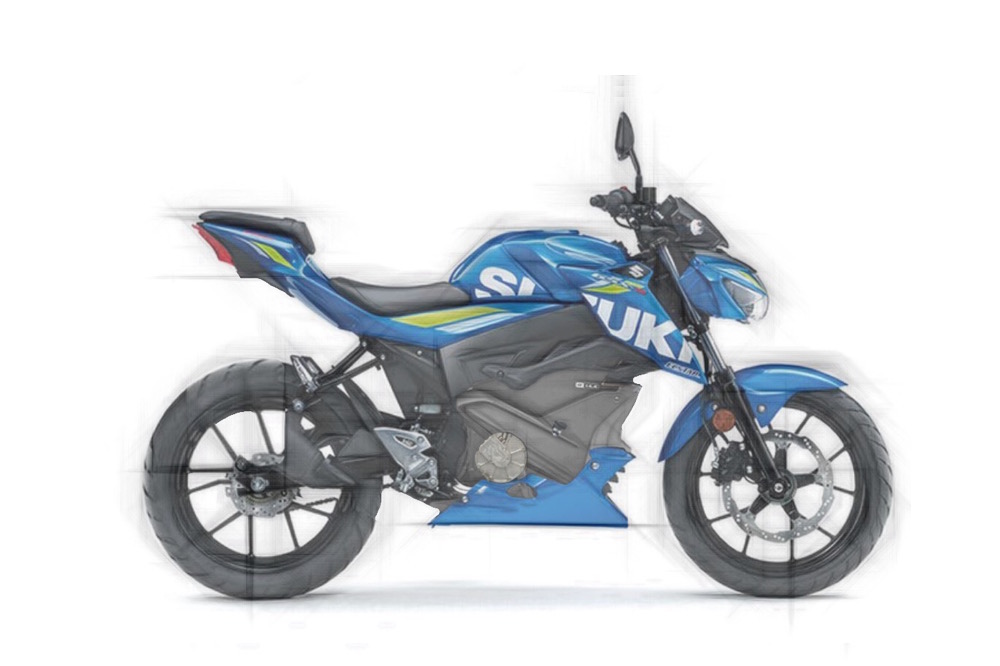
On June 11, 2019 Suzuki India unveiled its new Gixxer SF 250 in Ahmadabad. The reveal was followed by an announcement from the head of Suzuki India, Koichiro Hirao, who stated the Japanese marque is working on a new electric platform. The news doesn’t exactly come as a surprise considering it was just last week that India announced its intentions for all new sub-150cc two-wheelers to go electric by 2025 (and all three-wheelers by 2023). No details on models or specs were given, but based on the target market it’s pretty safe to assume it will be roughly comparable to a 125-250cc gas-powered bike.
Yamaha Launches EC-05 Electric Scooter
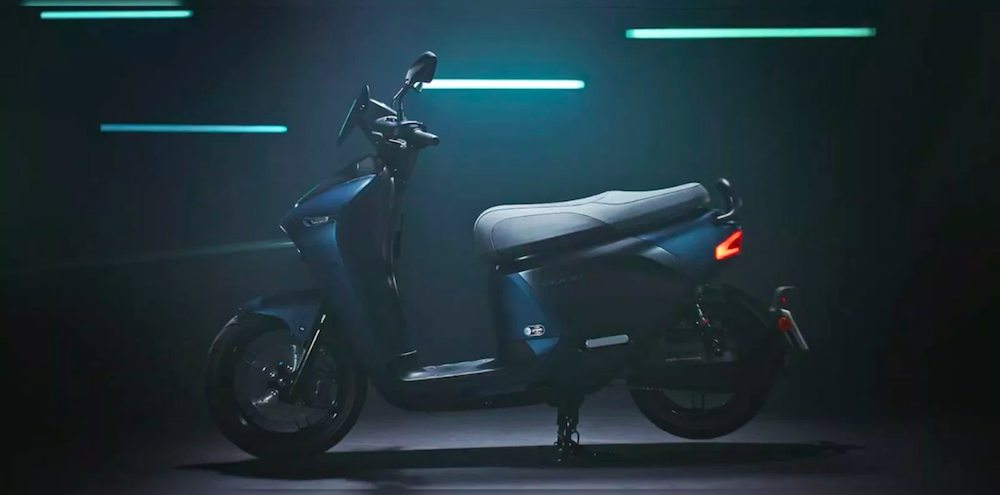
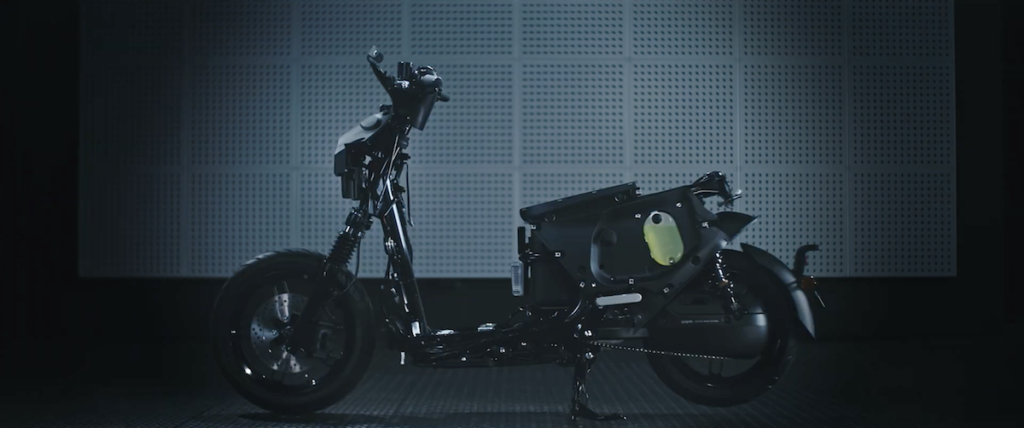
Facebook’s Free-Wheeler Patent
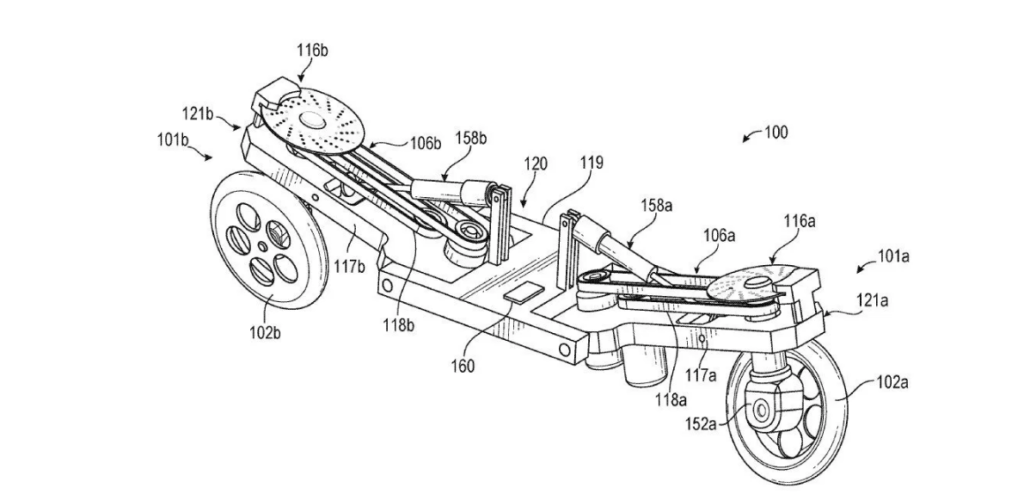
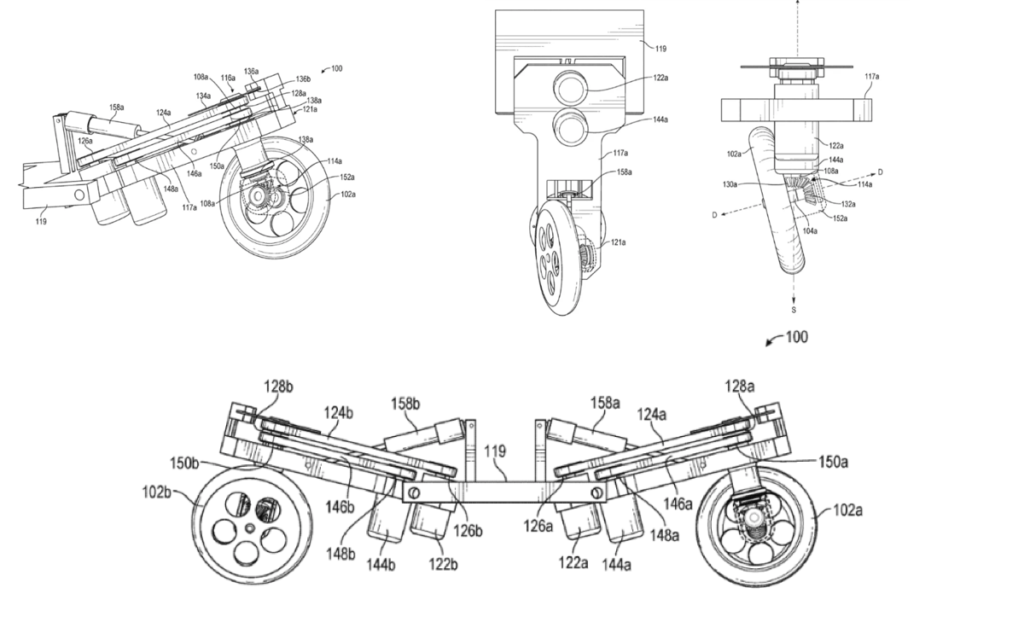
Damon Launches Prototype Smartbike
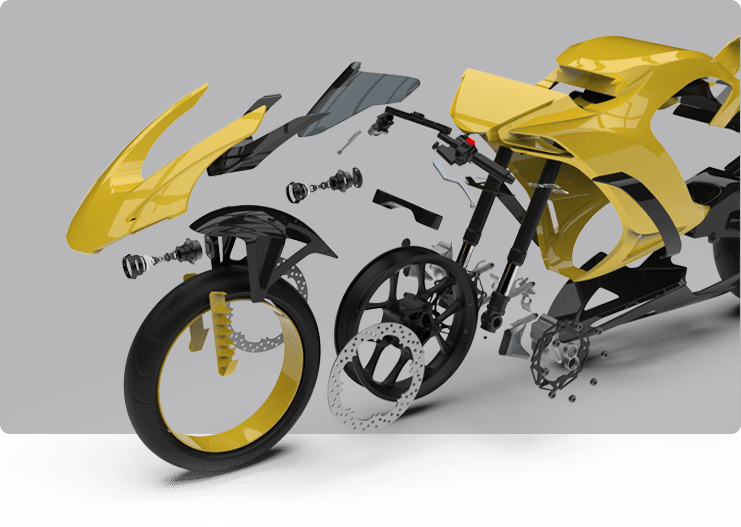
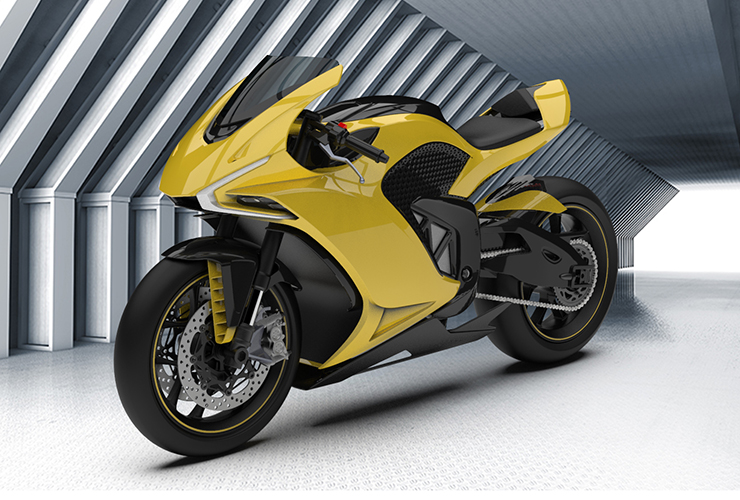
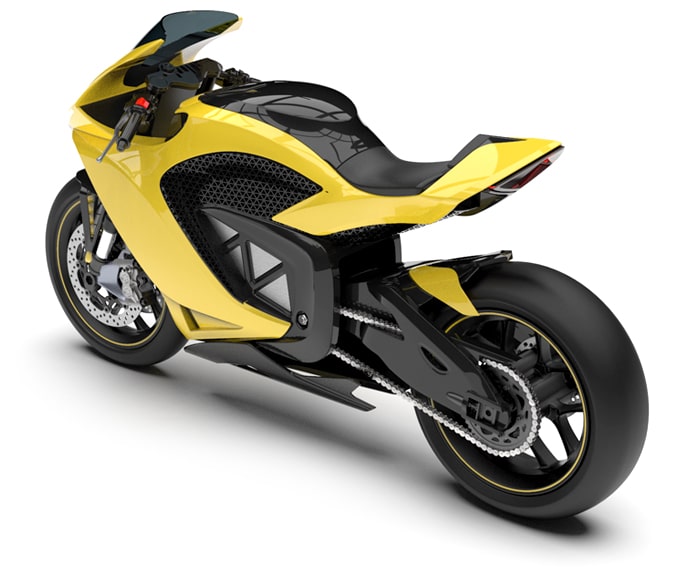
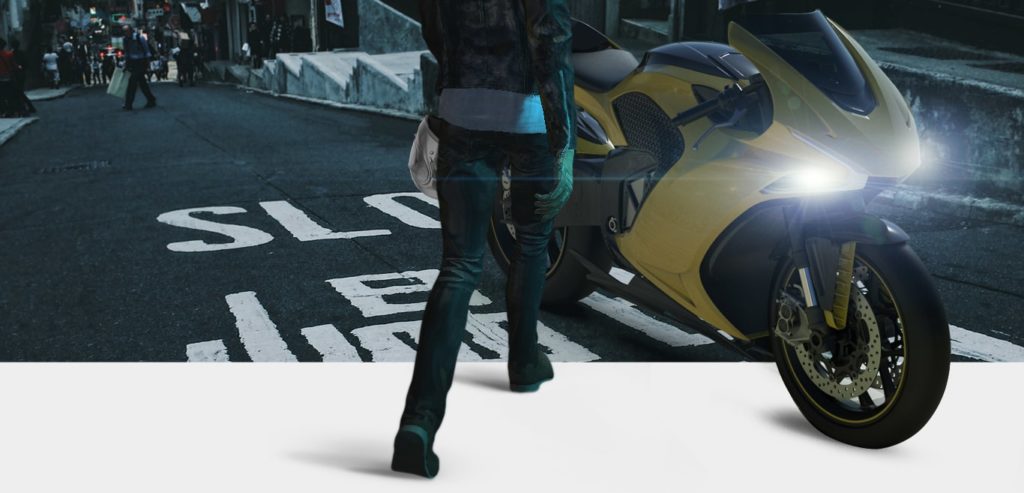
ARC Crowd-Funding Goes Live
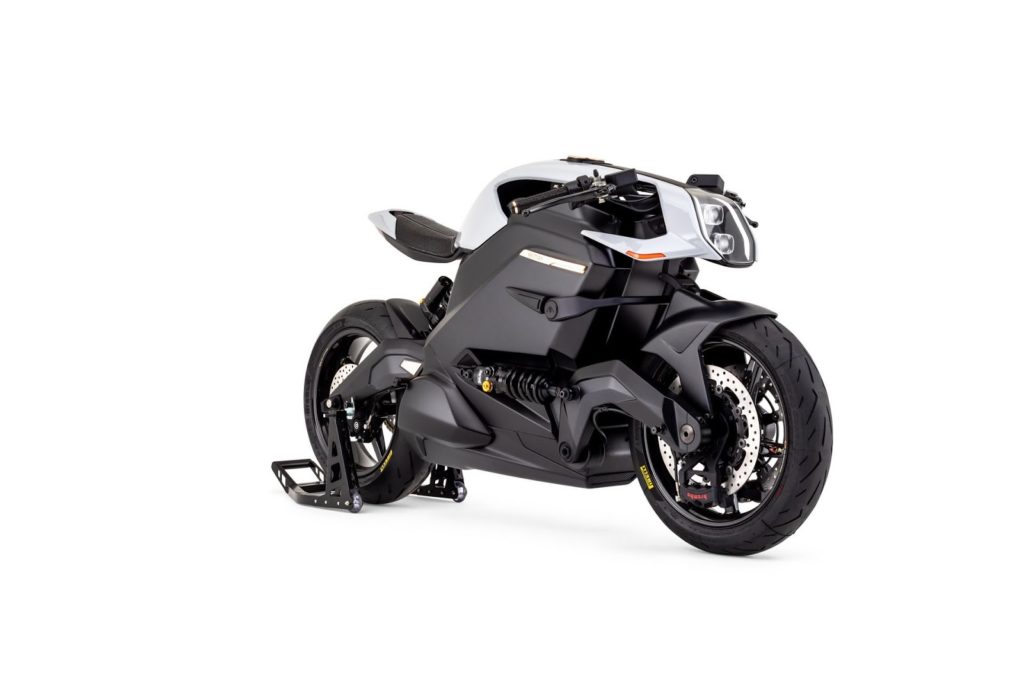
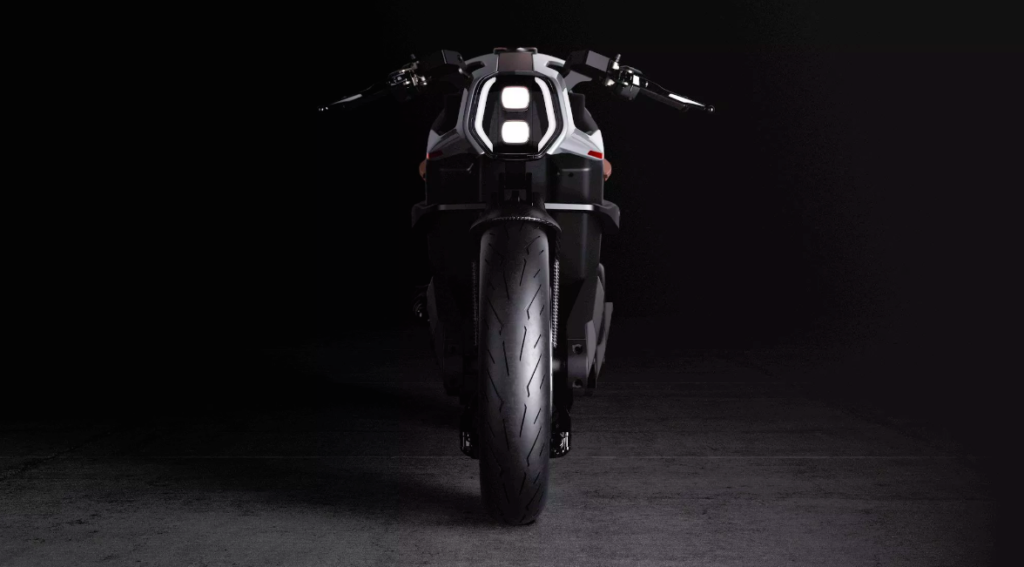
Electric Motion Expands With New Facilities and Models
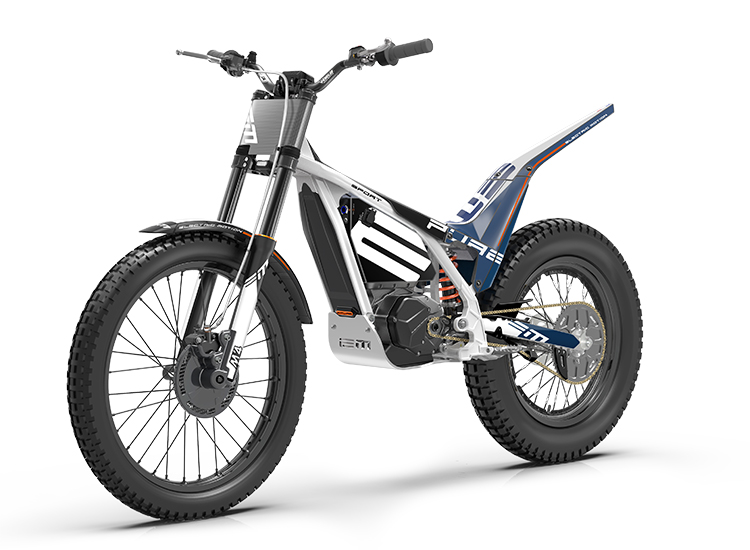
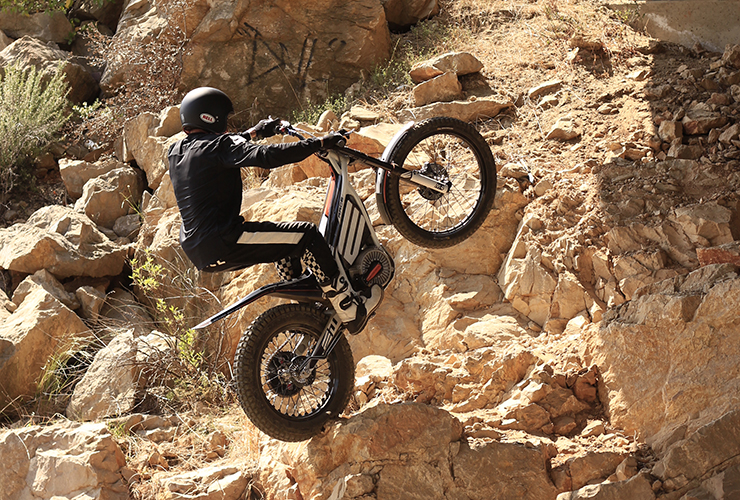
Tactica Expands Into US Market
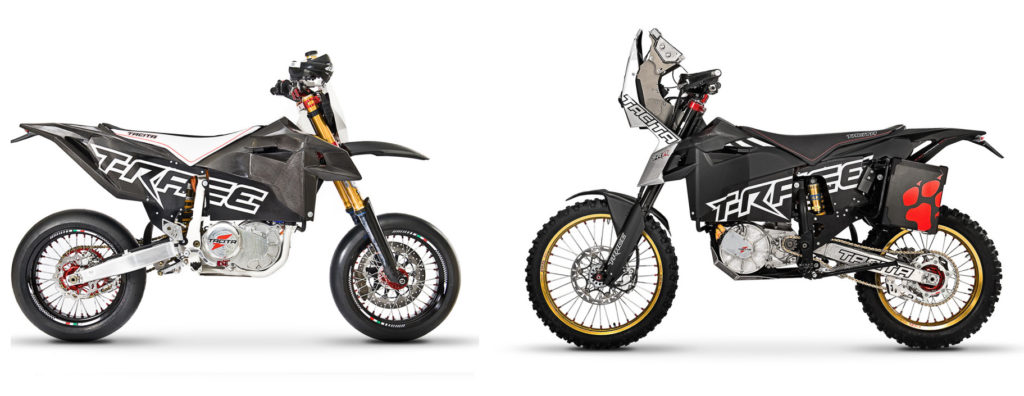
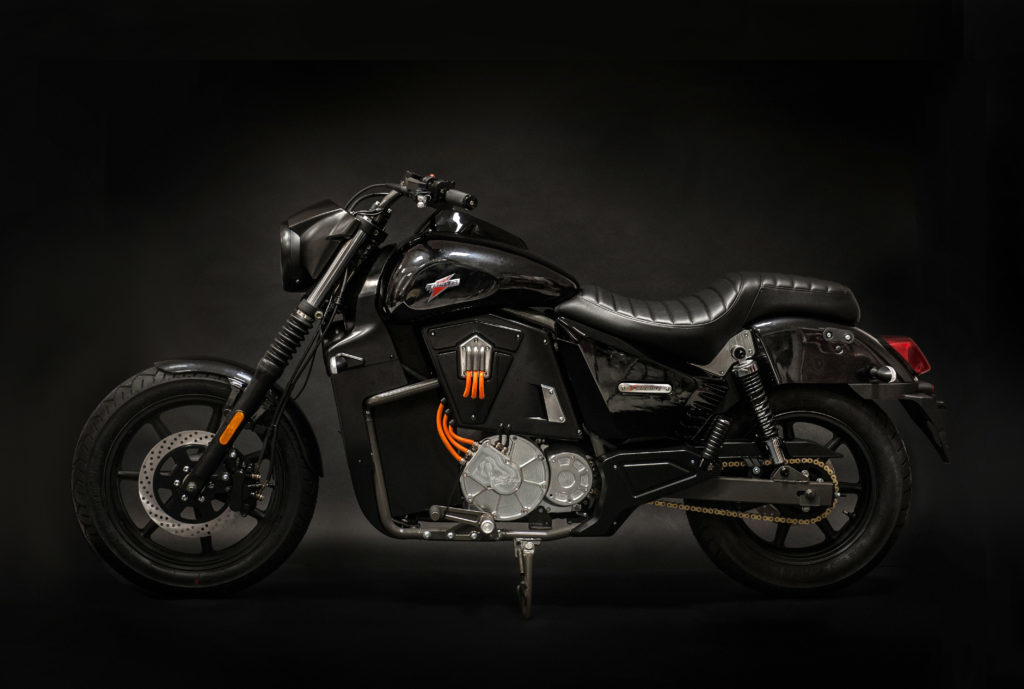
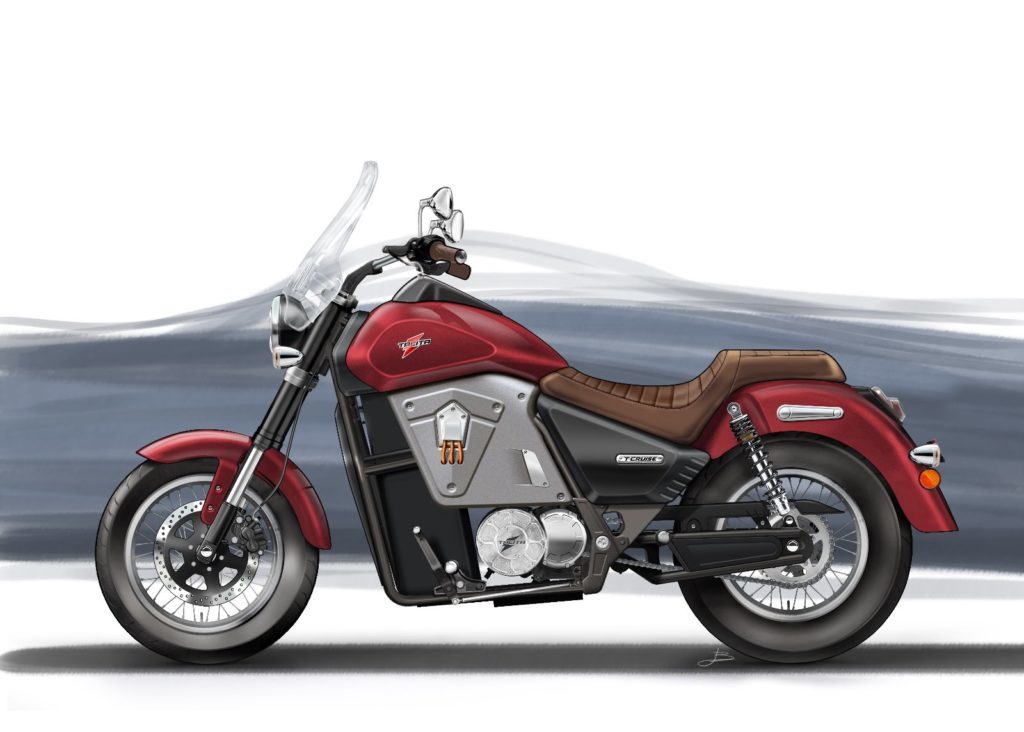
BP’s 5-Minute Recharge Milestone
